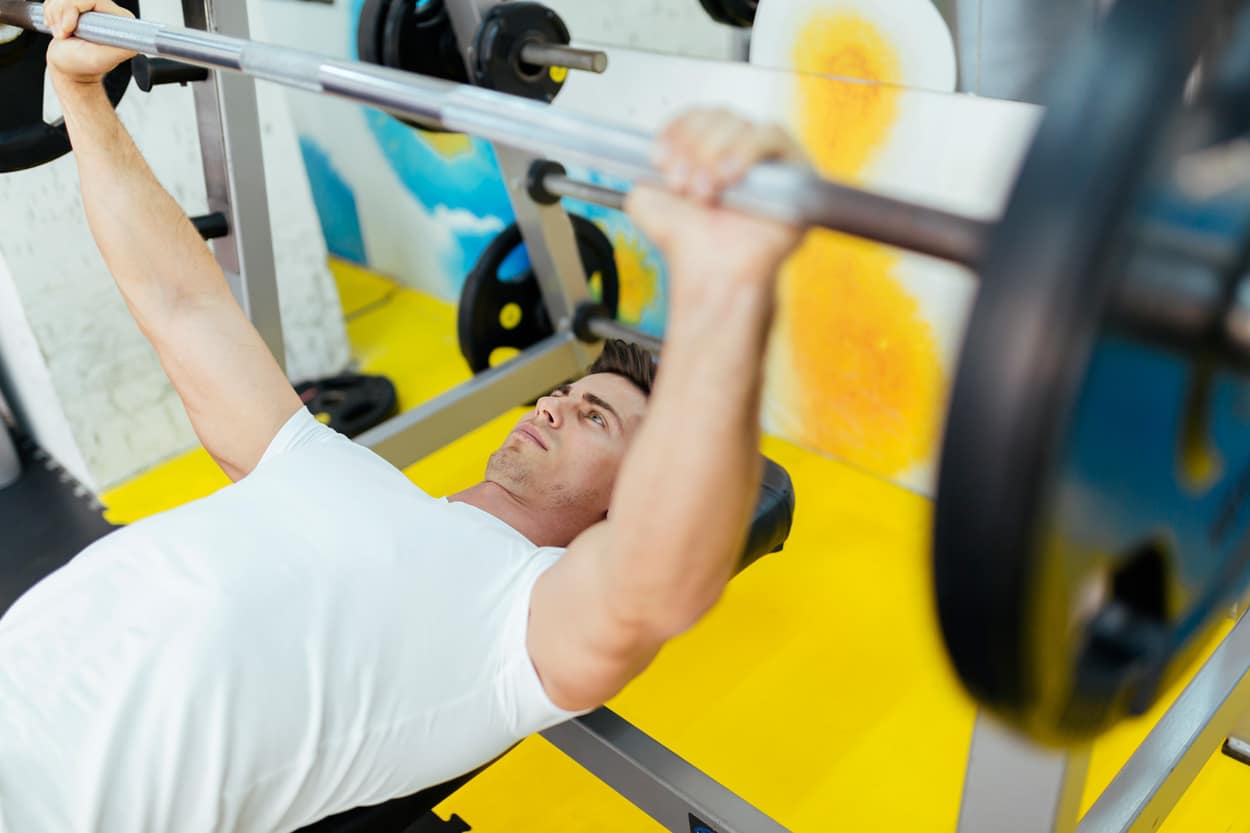 Lifting weights is a great way to improve your posture, increase your strength, gain bone density and increase your metabolism. But too much can hurt your shoulders. Shoulder joints have a large range of motion. You use them in daily activities such as raking, throwing, reaching and picking up your children. Strong shoulders can help to make many of life’s routine tasks easier.
Lifting weights is a great way to improve your posture, increase your strength, gain bone density and increase your metabolism. But too much can hurt your shoulders. Shoulder joints have a large range of motion. You use them in daily activities such as raking, throwing, reaching and picking up your children. Strong shoulders can help to make many of life’s routine tasks easier.
Your doctors at the Southeastern Spine Institute (SSI) encourage you to be as active as possible and to incorporate strength training as part of a regular exercise program. But when you want to strengthen your shoulders and upper body, don’t jump right in. If you’re not currently in the habit of lifting weights, follow some weightlifting tips that can help you gain the benefits of this form of exercise without hurting yourself. And if you do lift weights but deal with back pain, talk to your doctor about how to continue safely.
Weightlifting Tips to Prevent Shoulder Injuries
Soreness after lifting weights isn’t uncommon, since the way muscles are strengthened is by causing small tears to muscle tissue. But due to the large range of motion in the shoulder joint, it’s easy to cause an injury if you aren’t careful. Follow some weightlifting tips from your SSI physical therapist to stay healthy, such as:
- Warm up properly. Stretching and warming your body with light aerobics before lifting weights can help to prevent strained muscles and other shoulder injuries.
- Use proper form. Doing exercises incorrectly can lead to injury. Learn the proper techniques for each exercise and always use them.
- Start slowly. Don’t try to lift heavy weights or do a large number of repetitions when you first start working out. Start with lighter weights and gradually build your strength and endurance.
- Avoid pushing joints beyond their normal range of motion. You shouldn’t experience pain when doing movements such as flexion, extension, rotation or abduction.
- Cool down after working out. Stretch the muscles that you’ve been targeting to help reduce muscle stiffness and soreness after a workout.
Choosing weights that are difficult to lift all the way sets you up for failure because you fall into using poor form or overloading your shoulder joints. Do whatever you can to prevent a shoulder injury, because an injured shoulder takes a long time to heal. Eventually, it can lead to even more referred pain throughout your spine as your body compensates to avoid discomfort.
Lifting Weights for Strong Shoulders
If you’re experiencing shoulder pain while lifting weights, making tiny adjustments to your movements can help. Use slow, controlled movements and rest between sets. Cutting movements short by being careful not to lower your hands further than your chest helps lessen the amount of pain you may experience. Moving one arm at a time and keeping your elbows close to your chest also helps.
For strong shoulders, work a variety of muscles, including the front, middle and rear deltoids and both the internal and external rotator cuff muscles. The rotator cuff muscles are small but important muscles that surround the shoulder joint and keep it functioning properly.
Balanced training that targets all shoulder muscles helps you experience less soreness, which you can inadvertently trigger by over-training some muscles and some undertraining others. Talk to the experts at SSI to learn more about weightlifting tips for strong and healthy shoulders.
